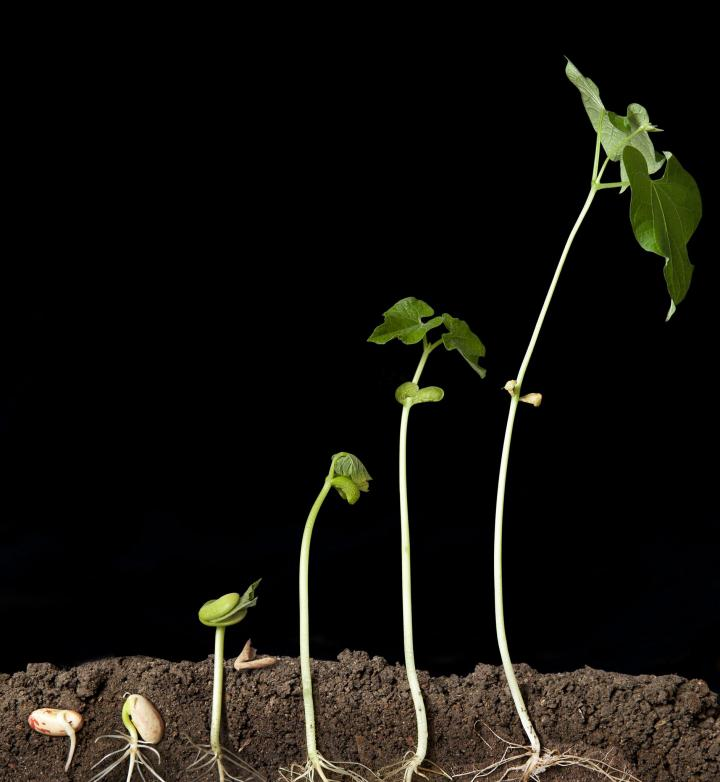Don't forget to check out Old Farmers site. (Not affiliated)
To start seeds, you will need:
- Paper toweling that won’t shred easily
- Gallon- or quart-size resealable plastic bag/s
- Lightproof 8.5x11-inch or larger brown envelope or similar
- Indelible marker
- Labels for each bag
Instructions
- Sprinkle a paper towel with water until it’s completely damp. Lay it out on a counter.
- Spread several rows of seeds about halfway up the towel. The larger the seeds, the more space they need: Space tiny seeds like basil or parsley about 3/4 of an inch apart and big seeds like zinnias or squash 1-1/2 inches or so. If you lay out more than one type of seed per towel, put those of similar size and germination times together (e.g., several varieties of tomatoes or peppers).
- Fold the unseeded portion of the towel half back on the seeds. (Alternatively, cut each wet towel in half. Scatter one type of seed on one half; cover with remaining half.)
- Write the seed type/s in order on the towel with the marker. Do the same to the bag label/s. Write the date on which you put the seeds into the bag. Later, check this date against the seed packets’ predicted germination time. The paper towel method is usually quicker.
- Moisten the plastic bag’s insides—but leave no standing water in it. Smooth the folded, seeded towel and slide it into the bag, keeping it flat. Close the bag, gently pressing out the air inside. Put it into your lightproof envelope. Store in a place that is 70° to 80°F. (Store seeds that need to be cool, like annual larkspur, at lower temperatures.)
- Every couple of days, check the seed towel to make sure that it is not too dry; sprinkle water off your fingertips, if necessary.
- In the days leading up to the seed packet’s predicted germination date, hold the plastic bag up to light to see if the seeds have sprouted. When they have sprouted, transplant them to flats or individual pots filled with potting soil.
The white sprout coming out of the seed is the root. The leaves emerge from the seed head.
- Use a sharp pencil or small knife to gently pick up the seeds, which are usually sticky and adhere to the point.
- To plant long roots, poke a hole in the soil with a stick or knitting needle and drop in the seed so that the head is even with the surface; for small seeds, make a small hole.
- If the seed has sent roots through the paper towel, plant the piece of toweling with the root.
- Cover the seeds lightly with soil and water gently.
- In a day or two, the leaves will be up, stretching toward the Sun.
- Save all of your bags to reuse next year, and get ready to enjoy your veggies and flowers this season.
- Don't forget to check out Old Farmers site. (Not affiliated)


No comments:
Post a Comment